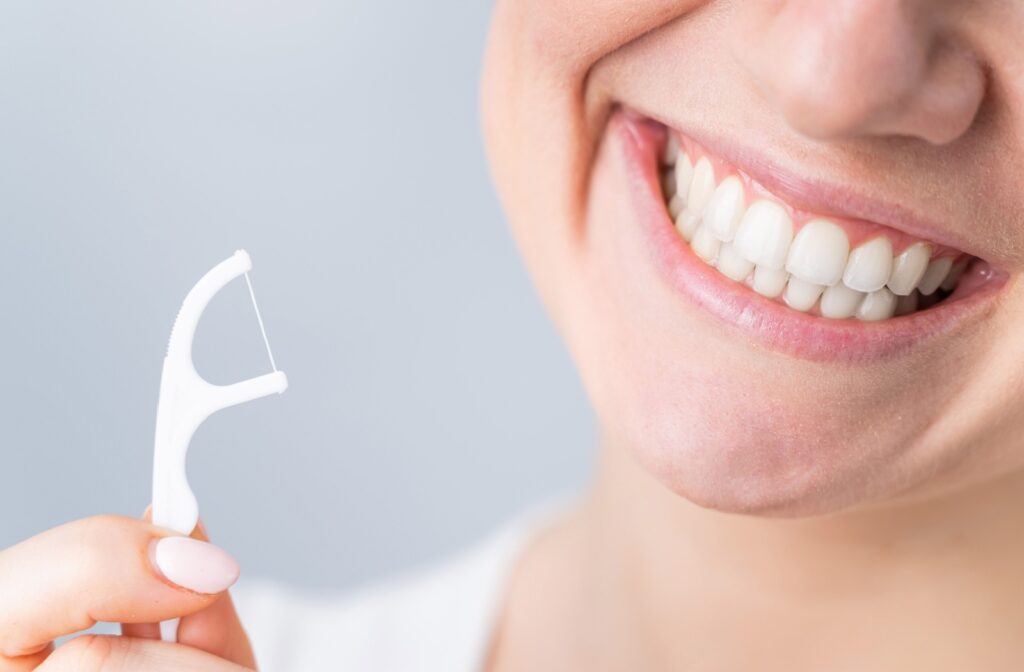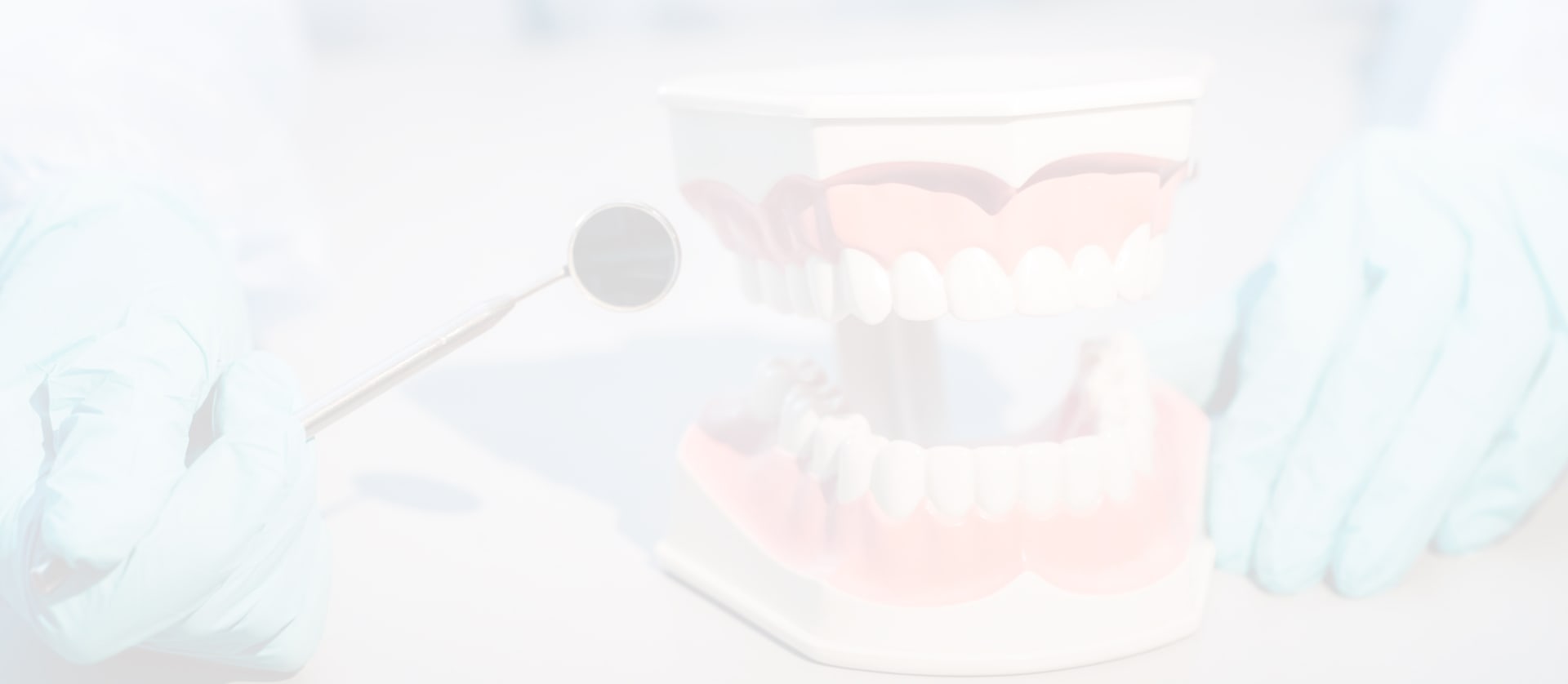Flossing is crucial for maintaining good oral health, as is visiting your dentist for regular dental exams and cleanings. Yet, for many, the sight of blood while flossing can be an alarming red flag, indicating potential issues with their gums.
The gums around your teeth may bleed when you floss if you are not flossing enough or regularly, using an incorrect technique, or for several other reasons. While your gums stop bleeding quickly after flossing, you may want to visit your dentist to determine if there’s another cause, like gum disease, for prompt treatment.
Importance of Flossing
Flossing every day is an essential part of a complete oral hygiene routine. It reaches the areas between teeth where toothbrushes can’t, removing plaque and food particles that lead to tooth decay and gum disease. The benefits of flossing extend beyond just your pearly whites—good oral health can lead to overall well-being.
Bleeding Gums While Flossing
The sight of blood can be unsettling, but it’s important to understand that occasional bleeding during flossing is common, especially since bleeding stops quickly. Bleeding gums when flossing, if you’re a long-time flosser, usually indicates an underlying issue that, with the right approach, can be addressed and resolved.
Common Causes of Bleeding Gums
You can have bleeding gums when flossing from several causes.
Rough Flossing
Proper flossing can remove food particles and plaque buildup from between teeth and below the gumline. Rough flossing can cause bleeding gums when your gums are already sensitive and inflamed.
Gingivitis & Gum Inflammation
The most frequent reason your gums bleed while flossing is gingivitis, an early stage of gum disease. The condition arises from the body’s inflammatory response to plaque, a sticky bacteria film that accumulates on teeth.
Symptoms include red, swollen, and tender gums, often bleeding during brushing or flossing. Early-stage gingivitis is reversible with good oral care at home and professional attention.
Incorrect Flossing Technique
There’s a proper flossing technique that should be as routine as the flossing itself. A common error that leads to bleeding gums is snapping the floss into place between the teeth, which can be harsh on your gums.
The correct flossing technique involves gently guiding the floss in using a back-and-forth motion and then using an up-and-down motion creating a ‘C’ shape around each tooth while reaching beneath the gumline.
Periodontal Disease
If gingivitis is left untreated, it can advance to periodontitis. This stage of gum disease can cause bone and tissue loss and is the leading cause of tooth loss in adults. Bleeding gums when flossing is a symptom you should not ignore, as it may indicate more severe damage to the gums and supporting structures.
Tips for Preventing Bleeding When Flossing
Bleeding gums are not an emergency. However, the condition does indicate taking action or visiting your dentist for further investigation and guidance.
Find Your Floss of Choice
Many types of floss are available, ranging from waxed to unwaxed, flavoured to unflavored, and even textured varieties. Experiment to find one that’s comfortable to use regularly.
Perfect Your Flossing Technique
The angle at which you hold the floss and the motion used when flossing can make all the difference. Proper flossing techniques include:
- Start with 18 inches of floss, leaving 2 inches between your fingers to work with.
- Slide the floss gently up or down between your teeth.
- Curve the floss in a C-shape around each tooth, making sure to go beneath the gumline. Brush up and down the surface of the tooth with the floss.
- Move to a clean section of floss as you go from one tooth to another.
Make Flossing Part of Your Daily Routine
Consistency in flossing is key to good oral hygiene habits. Like any healthy habit, the more you floss, the more comfortable and effective you’ll become. The more diligent you are with your routine, the less you’ll experience bleeding over time.
When to Consult a Dentist
Persistent, significant bleeding or other oral health concerns, such as loose teeth or persistent bad breath, should prompt a visit to your dentist. They can determine the cause of your bleeding, offer treatment solutions, and provide guidance for the most appropriate prevention techniques for your individual needs.
Even the most careful at-home oral care can benefit from the input of a professional. Your dentist can provide education and recommend specific products or techniques tailored to maintain your oral health.
Improve Your Dental Health
Temporary discomfort of bleeding gums while flossing shouldn’t deter you from this important self-care habit. Instead, consider it a valuable health indicator that prompts you to seek dental care and enjoy improved dental health.
Staying informed, seeking professional advice, and maintaining a good oral hygiene routine can turn those red flags into the green light for optimal health. For all your dental concerns, book an appointment with Fairlawn Dental Centre.










